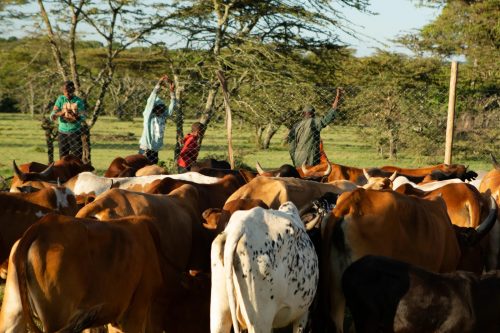
Imagine this hypothetical scenario… For years you have been carefully investing your hard-earned savings into an interest-bearing account. Of course, there are all kinds of ways you could have spent your money – and yes, the hours have been long and the work tiring – but it’s worth it. Using the investing skills you’ve learnt from your family of financial advisers, you’re putting money away to pay for your children’s education – and what could be more important than that?
Then, one morning you wake up and log on to internet banking only to discover your savings have been decimated overnight. All that remains is a line in your bank statement showing that the funds were transferred to an anonymous account. All your dreams, plans and years of discipline were for nothing. If you were able to track down the thief – isn’t there a chance you would want to seek revenge? Especially if it meant keeping you and your family safe from falling victim to the same misdeed again.
Perhaps this analogy makes it a bit easier for us to understand why human-wildlife conflict continues to be such a huge threat to conservation in the Maasai Mara, and across the African continent.

For the Maasai living around the Mara, livestock is their wealth and protecting their livelihood from falling prey to a predator attack can be difficult. With no park fencing, predators are free to roam, which may lead them straight to communities where there are easy pickings to be found in the form of goats, sheep and cattle.
But there’s no such thing as a free meal – and these midnight marauders, often lion, leopard or hyena – are at times targeted and poisoned by the communities.
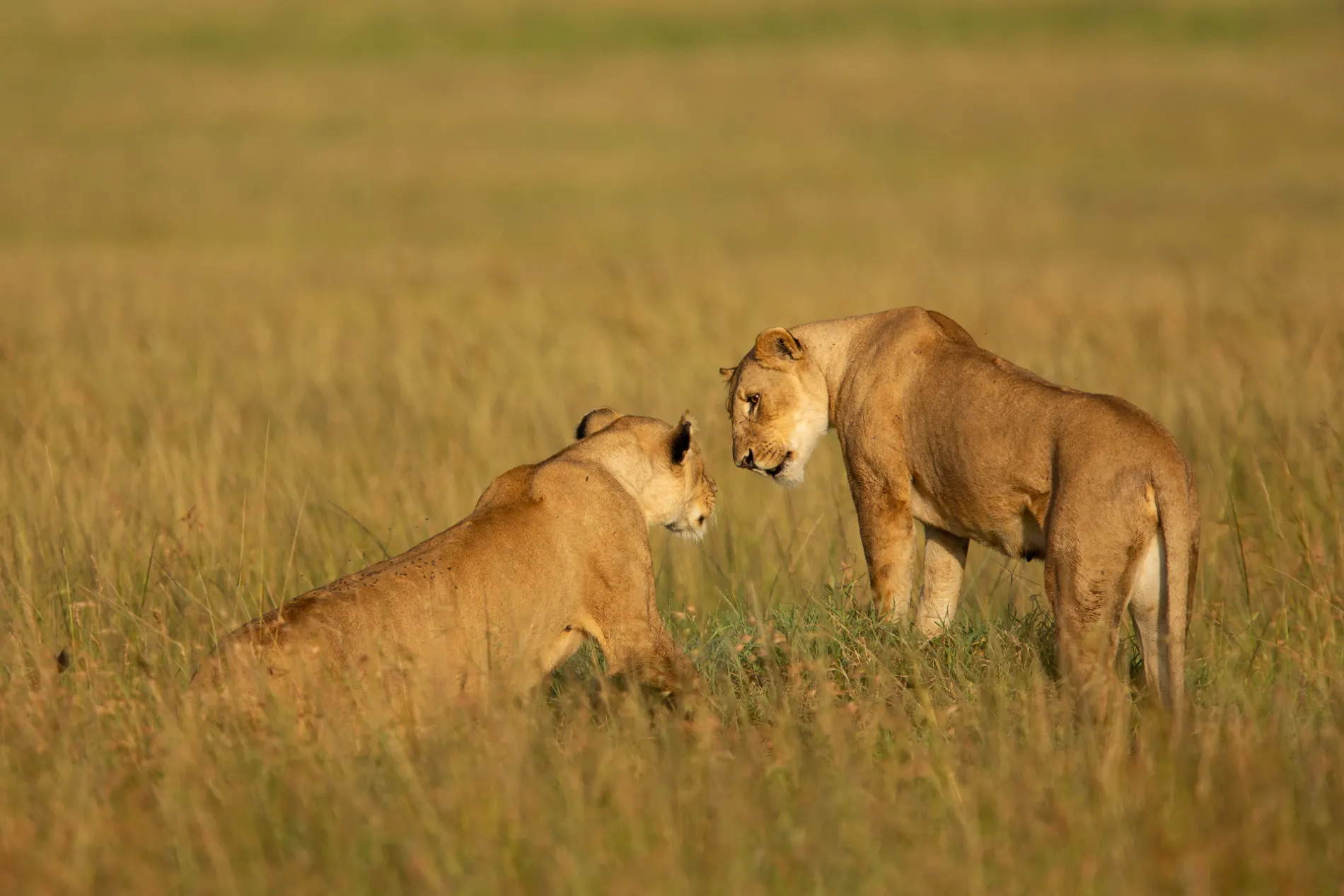
It is for this reason that the Angama Foundation joined forces with the Anne K. Taylor Fund’s predator-resistant boma project. Traditionally bomas, or livestock stockades, were made out of natural materials like wooden posts and thorny branches, both of which weather and disintegrate quickly.

But the new predator-proof bomas are built to last, which is particularly important now that many Maasai live far less nomadic lifestyles than in the past. With a special metal-corner design and eight-foot of chainlink, the bomas are 99% successful in protecting livestock from predators when properly built and maintained.
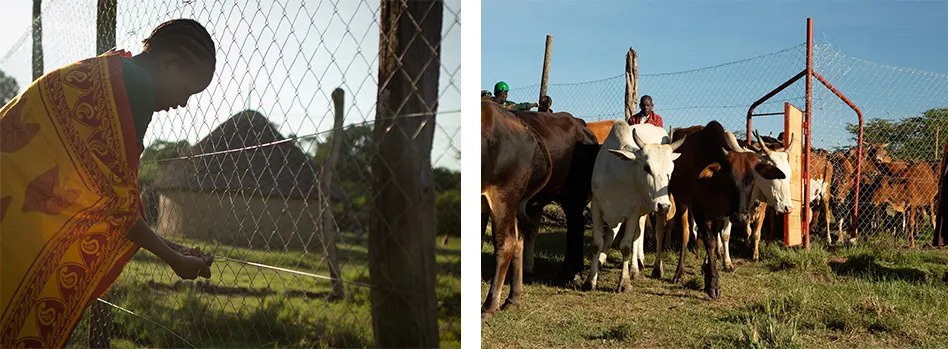
The results speak for themselves. Since 2008, the Anne K. Taylor Fund has built more than 800 fortified bomas, protecting hundreds of thousands of cattle. Angama guests’ $10 per night contribution to the Angama Foundation has played a big part in making this possible. Before the predator-proof bomas were installed, it was estimated that about 13.6 livestock losses were experienced per boma each year. That number now sits at 0.3.

But for us, even 0.3 of a loss is simply too much to expect a community to absorb, which is why there is also a re-compensation fund supported by the Angama Foundation that pays the livestock owner out for any animal that they lose to predation.
By replacing vigilante acts of revenge with support for both the construction of bomas and financial compensation, we are helping to put a stop to the retribution killing of lions, leopard and hyenas that call the Mara home.
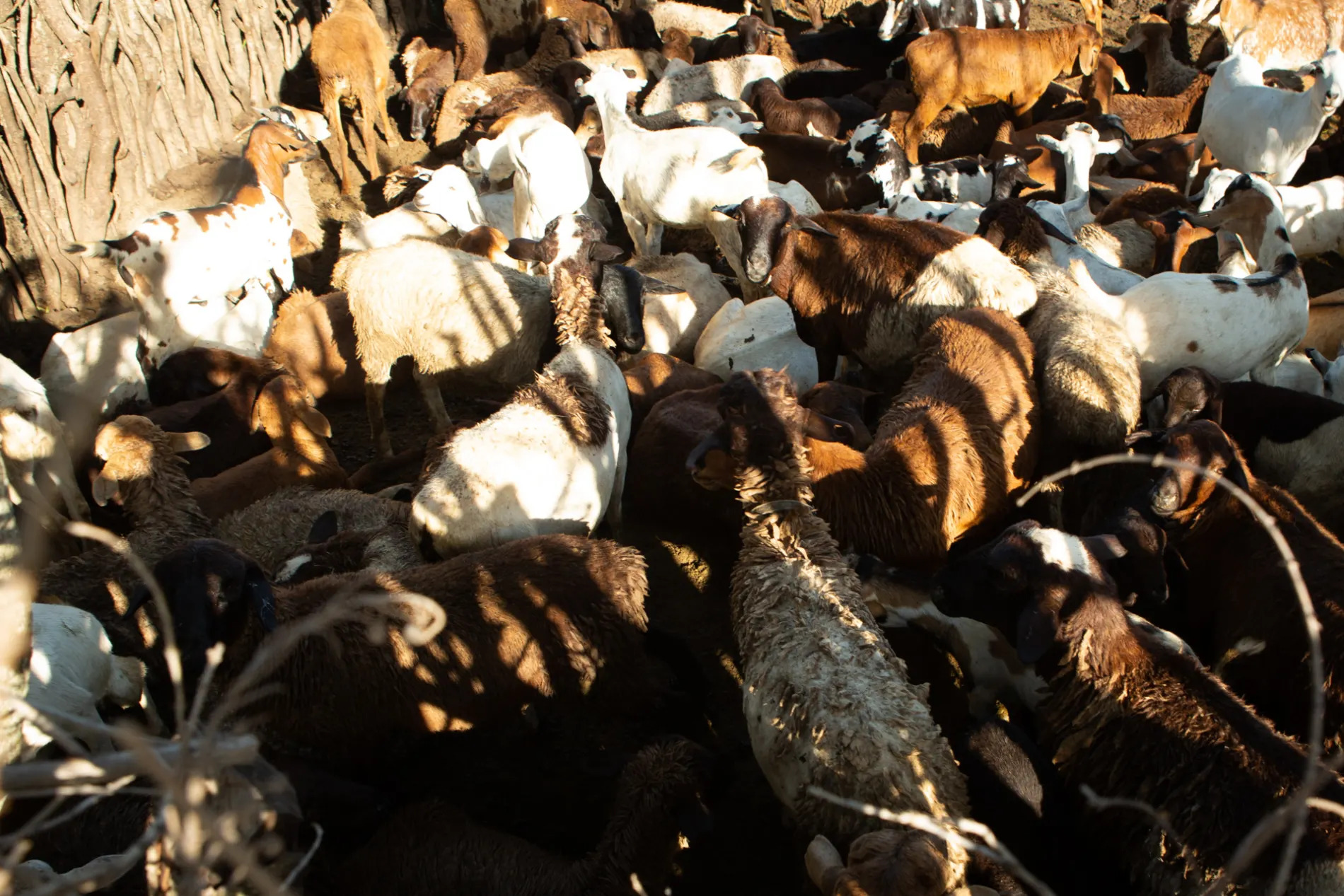
Note from the Editor:
Our Foundation is in its second year of supporting The Greatest Maasai Mara Photographer competition, which in turn supports the Anne Kent Taylor Fund. Entrants into the competition can nominate this worthy cause by selecting this fund as the recipient of their $20 per image entry fee. Thank you to all who have participated thus far – every dollar goes a long way in making a difference.
Filed under: The Mara
Subscribe for Weekly Stories
Comments (0):
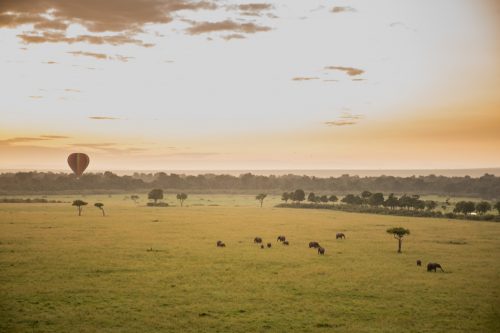
Hot-air Ballooning